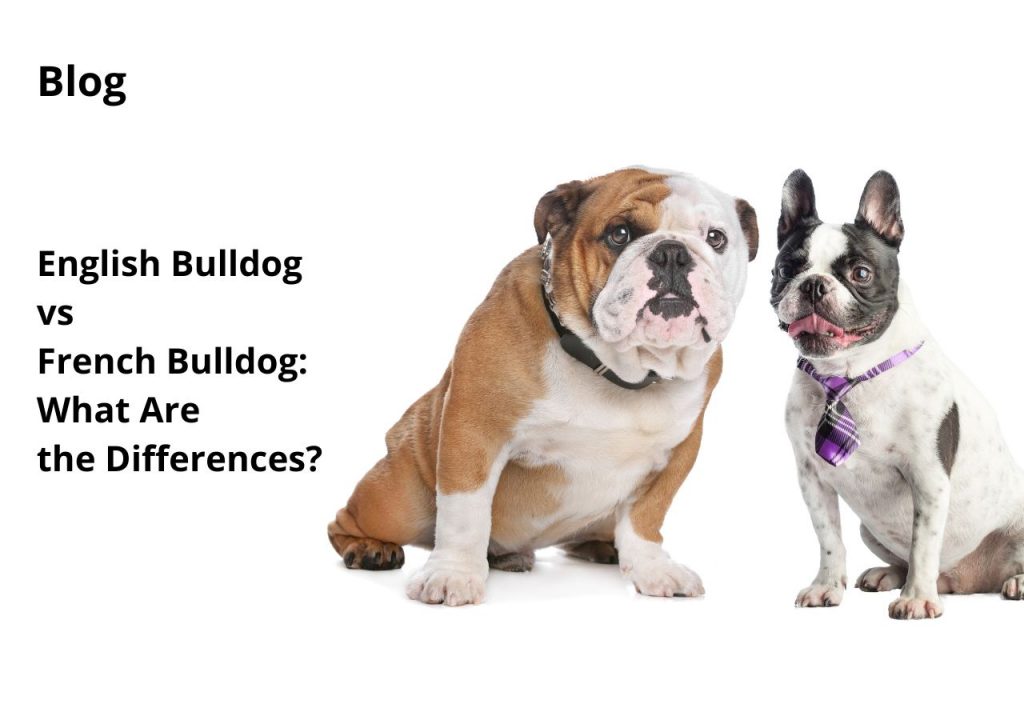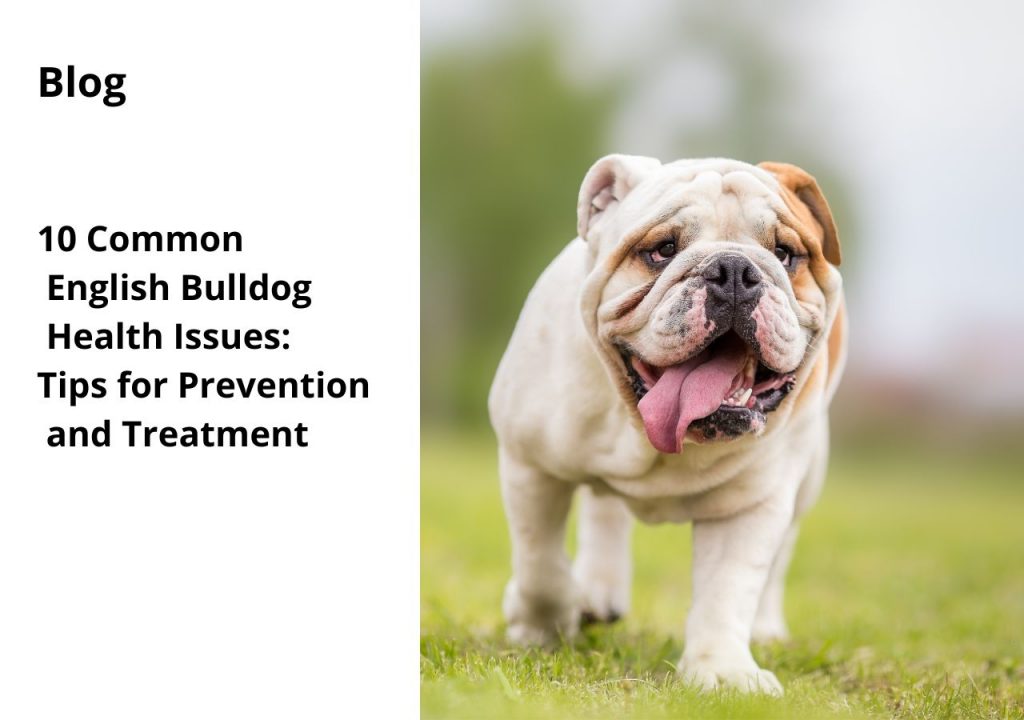Bulldogs are adorable, but despite their similar appearance, the French bulldog (Frenchie) and the English bulldog have evolved into two separate breeds over the past 200 years and now have notable differences. This article looks at these dog breeds side-by-side under seven key categories, including breed history, size, appearance, personality, training needs, energy levels, and health problems, to help you decide which is right for you.
The breeds started out as the same, with the original British bulldog being bred for bull-baiting, a sport outlawed in the early 1800s, causing the breed to nearly go extinct. Breeders then began to reimagine the breed as a family pet, selecting the most docile and laid-back dogs, which turned the English bulldog into the lovable family dog it is today.
1. Breeding History
The French bulldog’s breeding history diverged from the English bulldog’s when English lace makers moved to France in the mid-1800s, taking their miniature bulldogs with them. At some point, breeders began mixing the mini bulldogs with pugs and terriers, which led to the Frenchies we know and love today.
2. Size
French bulldogs have a standard size of under 28 pounds and 11-13 inches in height at the shoulder, while English bulldogs have a standard weight of around 50 pounds for males and 40 pounds for females and a height of 14-15 inches at the shoulder. English bulldogs are thus much larger than French bulldogs, making them a better choice for dog owners who want a larger dog, while those looking for a small lap dog should choose a Frenchie.
3. Appearance
In terms of appearance, both French and English bulldogs have stocky bodies, wrinkly faces, short muzzles, short legs, and a smooth, short coat. The French bulldog has bat ears, while the English bulldog has rose ears that flop down and to the side. Both breeds come in similar coat colors and patterns, including shades of:
- White,
- Cream,
- Fawn
- both shed
- not hypoallergenic.
4. PERSONALITY
Personality is one of the biggest factors to consider when choosing a dog. Both French and English bulldogs are affectionate, loyal, and great with kids. They are also known for their laid-back, almost lazy, demeanor. This makes them good apartment dogs, as they don’t need a ton of exercise. That being said, both breeds are also known for their stubborn streak. They can be difficult to train if you don’t know what you’re doing, and they’re not always great at coming when called.
Because they were originally bred to fight, English bulldogs can be aggressive with other dogs if they’re not socialized early and often. Frenchies are generally more social and friendly with other dogs. They are also more likely to want to snuggle up next to their humans and be lap dogs.
Both breeds can have issues with separation anxiety. Because they are such affectionate dogs, they don’t do well when left alone for long periods of time. They are prone to chewing and other destructive behaviors when they’re bored or anxious.

5. TRAINING NEEDS
Training a French or English bulldog can be a challenge, as these dogs are known for their stubbornness. But, with the right approach, you can train your bulldog to follow basic commands and even more advanced ones.
The key is to use positive reinforcement techniques, such as treats and praise, rather than punishment-based methods. Both breeds respond well to positive reinforcement and can learn a variety of tricks and commands. That being said, they are not the most obedient of breeds, so you’ll need to be patient and persistent.
6. ENERGY LEVELS
As we’ve mentioned, both French and English bulldogs are laid back, low-energy dogs. They are not high-maintenance in terms of exercise needs, and they’re happy to snooze on the couch all day. That being said, they do need some exercise to stay healthy and happy. Daily walks and playtime in the yard are usually enough to keep them in good shape.
7. HEALTH PROBLEMS
Both French and English bulldogs are prone to a variety of health problems, many of which are related to their short, stocky bodies and flat faces. Some of the health issues to watch out for include:
- Breathing problems: Bulldogs have narrow nostrils and a narrow windpipe, which can make it difficult for them to breathe.
- Skin problems: The folds and wrinkles in bulldogs’ skin can trap dirt and bacteria, leading to skin infections and also allergy-caused dermatitis.
- Hip dysplasia: This is a genetic condition that affects the hip joints and can lead to arthritis and mobility problems.
- Eye problems: Bulldogs are prone to a variety of eye problems, including cherry eye, entropion (inward rolling of the eyelids), and corneal ulcers.
Overall, French and English bulldogs are similar in many ways, but there are some key differences to consider when choosing between the two. French bulldogs are smaller, more social, and generally healthier than English bulldogs. English bulldogs are larger, more aggressive, and more prone to health problems. Both breeds are affectionate and great with kids, but they can be stubborn and difficult to train. If you’re looking for a laid-back, low-energy companion, either of these breeds could be a good fit for you.



